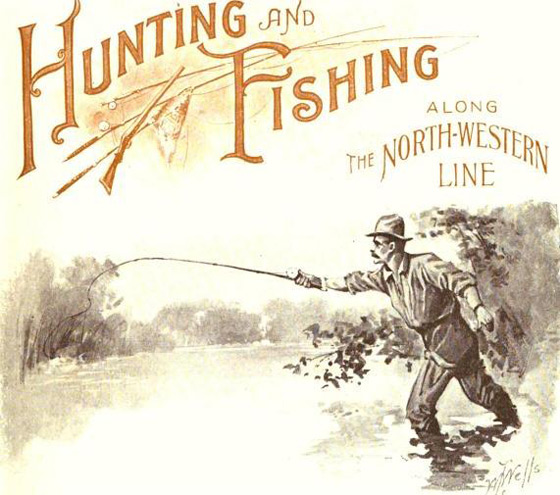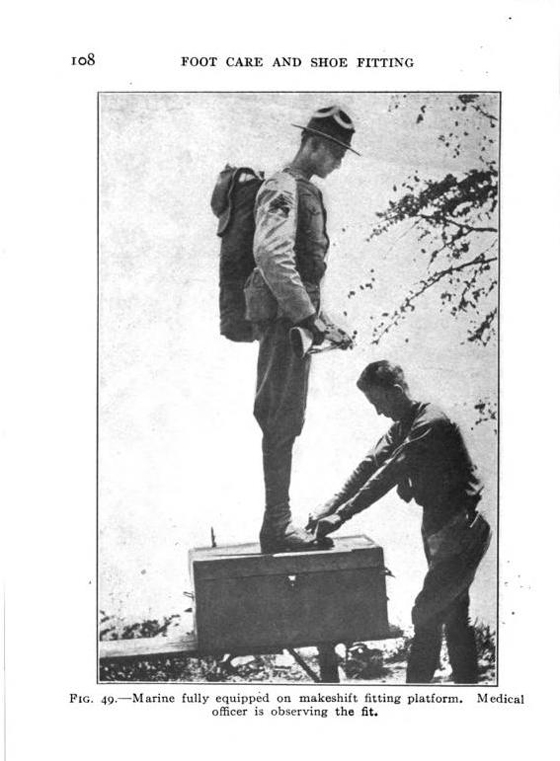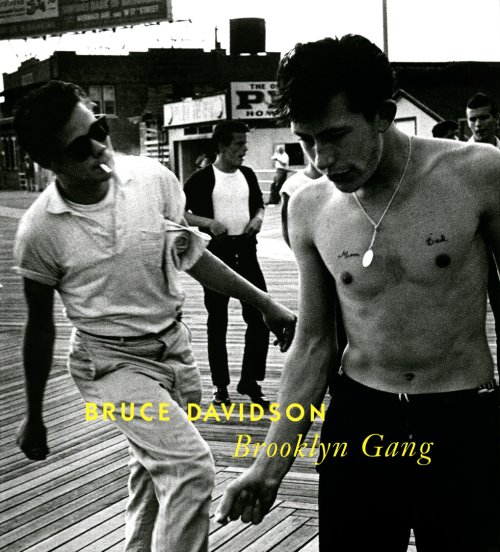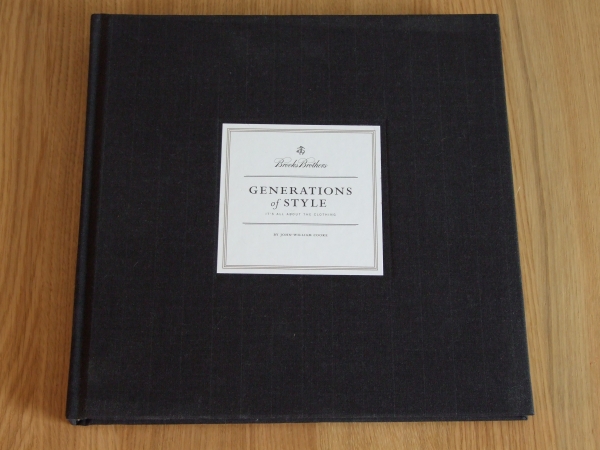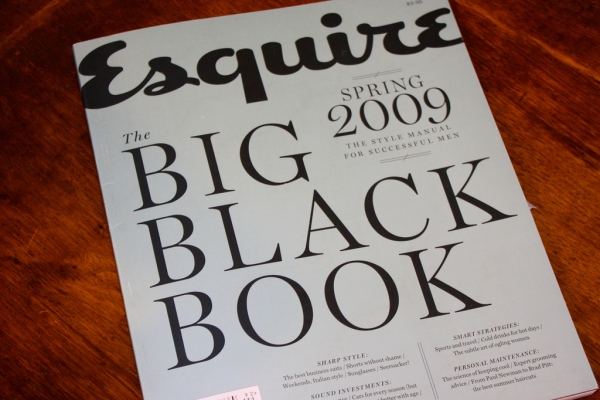While browsing a local bookstore this afternoon, I came across an interesting book with a collection of cartoons found in early Playboy magazines. It was published in 1959.
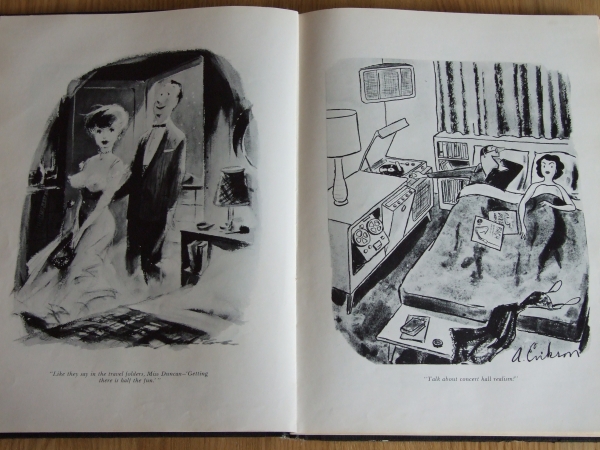
The Playboy Cartoon Album, 1959
Some excerpts from the forward written by Hugh Hefner:
Peter Arno, of The New Yorker, has been mistakenly credited with the creation of the one-line cartoon caption and if, in fact, this wonderful form of graphic wit is somewhat older than the early Twenties, when TNY first saw the light of day, it’s real popularity can be traced from when, and Arno and his fellow New Yorker cartoonists are most responsible for that. Before them, cartoons were more to be illustrated jokes with captions two, four, or more lines long (of the He: She: He: She: variety) and usually a very dull business, with the drawings quite incidental and often unnecessary to the humor. The New Yorker changed all that. The drawing became the thing and a single, pointed caption (and sometimes no caption at all) was all that was needed to tell the story…
… A magazine says a good deal about itself in the cartoons it publishes. You’ll find no drawings about Mom’s new hat, Junior’s report card or balancing the family budget here, for Playboy is a magazine for the young, urban male. The cartoons, therefore, are urbane, sophisticated and quite masculine in viewpoint – a refreshing change, we think, from the female-dominated Togetherness stressed by so many publications today. Playboy is edited to entertain, so most of the cartoons are about the fun and frolicsome side of life…”
From skimming through the pages, you can see that sexual humor has not changed much at all in the past 50 years. I’ll post a few scans sometime soon.
